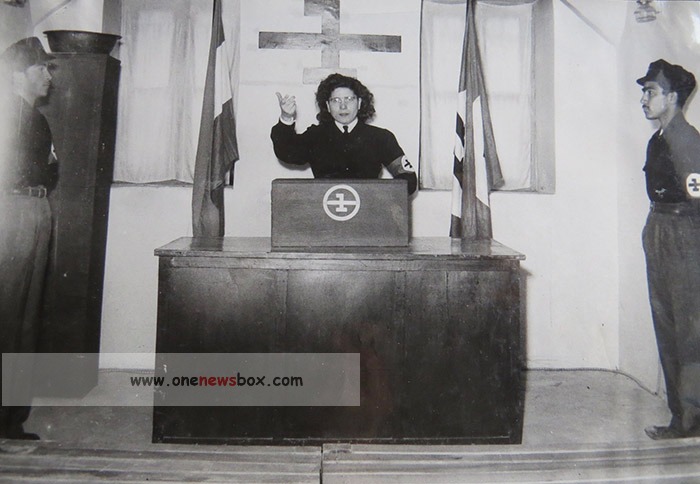However, this claim is contested. Dariush Homayoun, a prominent journalist and SOMKA member who later became Minister of Information under the Shah, denied the party’s active anti-Semitism. He emphasized the ancient tradition of protecting Jews, citing Cyrus the Great as a historical example.
-
Respect for the Shah: Unlike many revolutionary movements of the time, SOMKA did not entirely oppose the monarchy. While some members dreamed of a fascist republic, others saw the Shah as a potential ally or symbol of unity. This tension within the party prevented it from formulating a clear stance on the monarchy.
Activities and Influence
SOMKA’s public activities were relatively limited compared to larger movements such as the Tudeh Party or the National Front. Still, its uniformed members, public rallies, and propaganda efforts made it a visible—if fringe—presence in urban centers.
The party was known to:
-
Recruit university students and military veterans
-
Host secret meetings discussing nationalist and fascist ideology
-
Distribute literature praising both Hitler and ancient Persian rulers
-
Conduct public demonstrations with fascist salutes and black-uniformed parades

